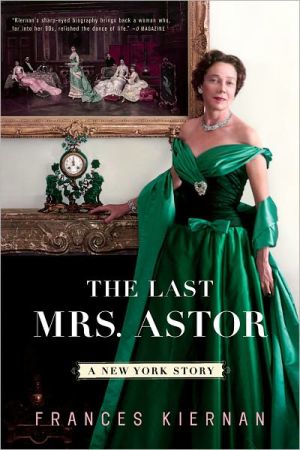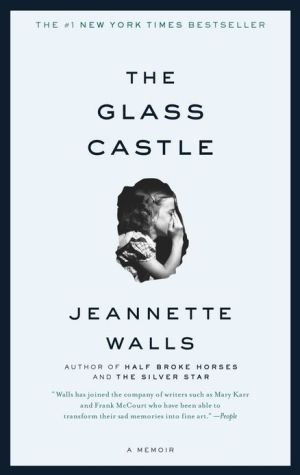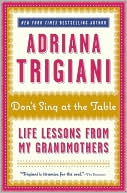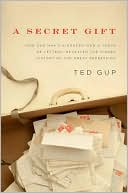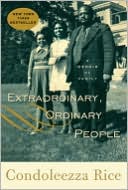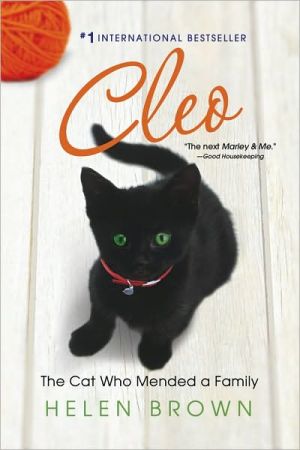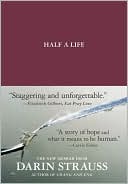The Last Mrs. Astor: A New York Story
"Kiernan's sharp-eyed biography brings back a woman who, far into her 90s, relished the dance of life."—O Magazine\ The fabulous life of Brooke Astor, a pioneer of philanthropy and for decades a luminary of New York society. Hers is a story out of Edith Wharton. After a disastrous early marriage, Brooke Astor wedded the notoriously ill-tempered Vincent Astor, who died in 1959. In a highly publicized courtroom battle, Brooke fought off an attempt to break Vincent's will, which left some $67...
Search in google:
"Kiernan's sharp-eyed biography brings back a woman who, far into her 90s, relished the dance of life."—O Magazine The New York Times - Liesl Schillinger Kiernan, a former editor at The New Yorker and the author of a biography of Mary McCarthy, draws her portrait from books, articles, interviews and, notably, two memoirs that Brooke Astor wrote herself. Those books Patchwork Child (1962) and Footprints (1980) can be hard to find. Mrs. Astor s pet charity, the New York Public Library, had lost its only copy of Footprints when I went looking for it earlier this spring. Happily, Kiernan s biography can fill the breach, inform the curious and perhaps inspire conscientious New Yorkers to take up Brooke Astor s gloves, and sense of civic duty, for themselves.
Introduction 3The Union Club, November 18, 1998 15The Patchwork Childhood, 1902-1919 27Mrs. Dryden Kuser, 1919-1929 52Charles Marshall, 1929-1952 69Vincent Astor, 1953-1959 100Vincent's Legacies, 1959-1968 136A Great Small Foundation, 1968-1976 166Brooke, 1977-1996 200A Courageous Act, 1996-2001 233A Full Life, 1996-2001 250Timing Is Everything, 2002-2006 264Epilogue 285Afterword 291Bibliography 301Acknowledgments 303Illustration Credits 309Index 311
\ Liesl SchillingerKiernan, a former editor at The New Yorker and the author of a biography of Mary McCarthy, draws her portrait from books, articles, interviews and, notably, two memoirs that Brooke Astor wrote herself. Those books — Patchwork Child (1962) and Footprints (1980) — can be hard to find. Mrs. Astor’s pet charity, the New York Public Library, had lost its only copy of “Footprints” when I went looking for it earlier this spring. Happily, Kiernan’s biography can fill the breach, inform the curious and perhaps inspire conscientious New Yorkers to take up Brooke Astor’s gloves, and sense of civic duty, for themselves.\ — The New York Times\ \ \ \ \ Publishers WeeklyUntil last summer's reports that Brooke Astor's son was keeping her on a shoestring budget in her Manhattan apartment, the widow of millionaire Vincent Astor was known as a society maven who doled out money to worthy causes. But in this enjoyable and flattering biography, former New Yorkereditor Kiernan, who knows Mrs. Astor personally, describes how the thrice-married woman was raised to be charming and agreeable, and learned her lessons well. Kiernan finds some detractors, who saw Astor's charm as manipulative and her agreeable nature as sugarcoating on a single-minded determination to advance her status. But even the negative comments have a positive spin. Responding to the theory that Astor married the ill-tempered and reclusive Vincent for money, Louis Auchincloss said, "I wouldn't respect her if she hadn't. Only a twisted person would have married him for love." Then again, it was an odd pairing, and not just because the matchmaker was Vincent's then-second wife, who allegedly wanted out and believed the way to obtain a generous settlement was to find "a suitable replacement." Tidbits like these add zip to Kiernan's affectionate portrait of the poet and writer who really made her mark when she took over her husband's philanthropic foundation. A portrait of the grande dame in decline, manipulated by her son is a poignant end to a grand saga. 16 pages of photos. (May 21)\ Copyright 2007 Reed Business Information\ \ \ Library JournalWith all the headlines about her son's unguardianlike behavior, it's good to have a biography reacquainting us with Mrs. Brooke Astor. Copyright 2007 Reed Business Information.\ \ \ \ \ Kirkus ReviewsFormer New Yorker editor Kiernan (Seeing Mary Plain, 2000) pussyfoots around the life of New York philanthropist, society lady and writer Brooke Astor. Reading this cautious bio of her tantalizing talents at garnering men, money and causes, it becomes apparent that the beloved grand dame was wily as well as charming in her heyday. (She's still alive, but frail and secluded at age 105.) The only child of a respectably middle-class career officer, Brooke Russell spent her childhood overseas, roving from Hawaii to China to Washington, D.C., where she attended Miss Madeira's School. Her mother's ambition for her reached no higher than marrying a rich man, and by age 16 she was finished with school and faced with a suitor: wealthy Princeton senior Dryden Kuser, who turned out to be alcoholic and abusive. The couple endured ten unhappy years and produced one child, Tony, before Dryden asked for a divorce so he could marry another woman. Brooke soon wed longtime admirer Charles "Buddie" Marshall, a well-connected stockbroker who first had to extricate himself from his own marriage. They lived grandly and happily for 20 years, during which Brooke began work as an editor and writer at House and Garden. After his death in 1952, however, his widow discovered that Buddie's punitive divorce settlement meant she inherited only a modest income. Not to worry: Within six months, aging moneybags Vincent Astor had proposed, encouraged by his current wife Minnie, who figured she'd get a better divorce settlement from the odious creature if he'd found someone new. His death in 1959 made Brooke marvelously wealthy and the head of the Vincent Astor Foundation. She became a famous philanthropist in her ownright, generously supporting the Bronx Zoo, the Metropolitan Museum of Art and the New York Public Library, among many other venerable institutions. Proficient, but too heavily based on Astor's own memoir, Footprints (1980), to be terribly revelatory-or interesting.\ \
